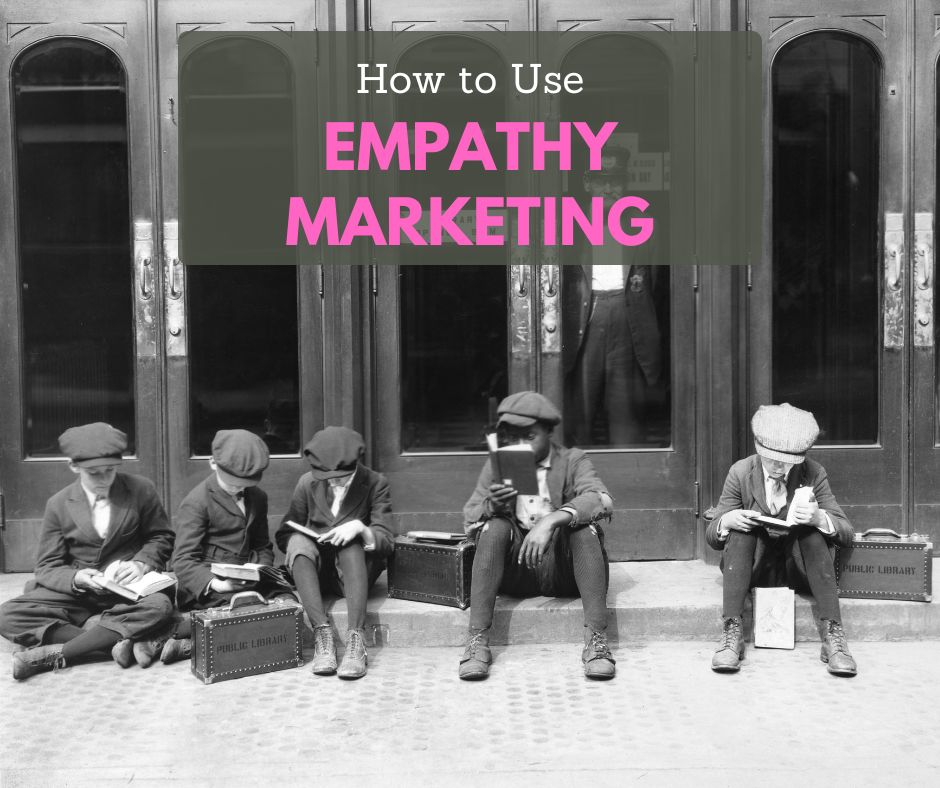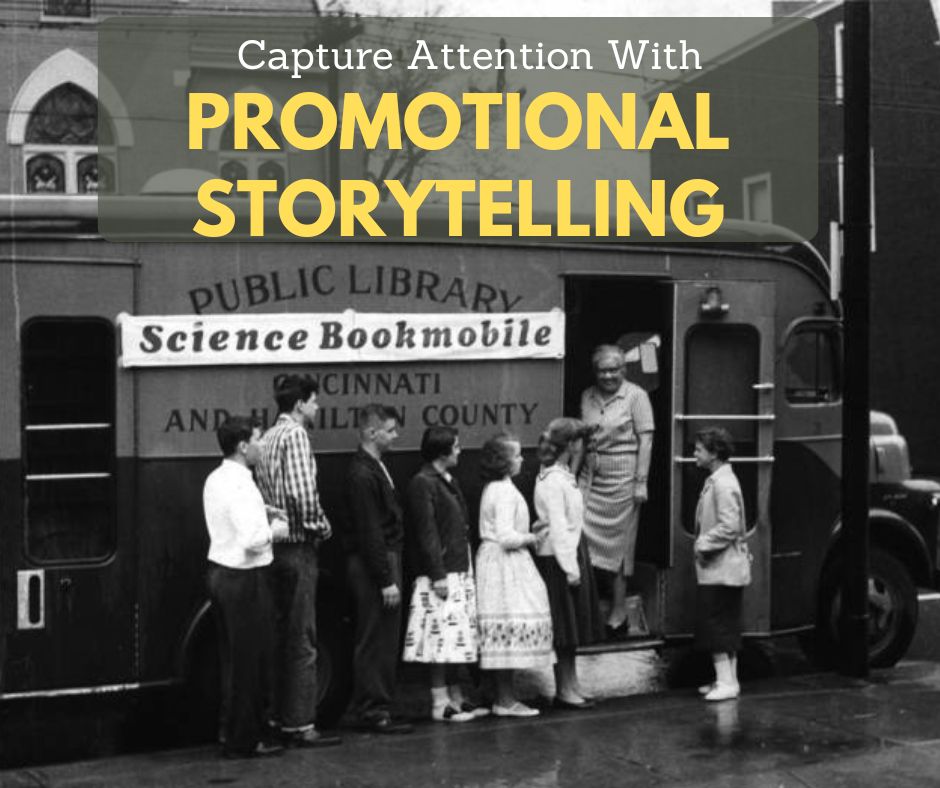
The worst day I’ve ever had in a job was in 2009.
I was working in television news as a producer. It was during the recession, and times were tough for TV stations. Most of our ad dollars came from car dealerships. Vehicle sales fell 40 percent that year, which meant the dealerships had no money to spend on television ads.
One morning, as I sat down at my desk, our news director called one of our morning editors into his office. Andy was in there for about 10 minutes. He emerged crestfallen.
Over the course of the next two hours, a dozen or so of my 60 fellow co-workers made the same journey in and out of the news director’s office. When they emerged, all of them had lost their jobs.
I could barely function that day. Writing was hard and my concentration was nonexistent. The only thing that got me through the day was the conversations I had with my fellow, still-employed co-workers, in hallways, offices, and in the back parking lot. We spent time trying to process what had happened and how it would impact our work.
I’m certain you have a similar story. And to make it through the day, it’s likely you pulled aside a friend, or a co-worker, or called your spouse or parent and talked it through. Sharing your story and receiving validation for your experience made you feel better or at least, more able to handle the crisis. Someone practiced empathy for you.
Empathy is the ability to understand and share the feelings of others. It can, and should, play a role in your library promotions.
Libraries are uniquely positioned to put empathy marketing to work. We care about our communities. We want our patrons to find the information they have, to experience joy, to learn, and to feel included. And that can play a significant role in creating effective promotions.
What is Empathy Marketing?
Empathy in marketing means communicating with your audience that you understand and share the emotions they feel. It’s more than pushing out promotions, one after another, on all channels.
Empathy marketing shows your community that you understand their pain, frustration, hurdles, and problems. When you demonstrate that, you’ll unlock the key to turning your audience’s emotions into action.
Emotions that drive action
Think about your favorite novel. The author used empathy to make you care about what happens to the characters. Without that, you likely would never have finished the book.
In the same way, a promotion that lacks empathy is just noise to an audience. You need to make people understand that you care by harnessing emotion in your library marketing.
People are motivated to action by four main emotions: greed, fear, love, and the chance to grow. And under those main emotions, there is a range of nuance: stress, anxiety, worry, compassion, hope, and many more.
How does this work in the real world?
Research shows empathy in marketing increases engagement. Social media platforms take full advantage of this. They count on users to respond emotionally to posts with emojis, and comments, and share the thoughts, struggles, celebrations, and memories of their family and friends.
This is why storytelling works so well in marketing. When your promotions are emotional, they are more memorable. Your audience can see themselves in the story and imagine how they would react in the same situation. And the emotion someone feels after hearing that story has a greater influence on whether that person takes action and uses their library. It’s that simple.
When I worked in a library, the people in our community were worried specifically about jobs. They wanted valuable, stable employment. Many were stuck in low-paying jobs with no prospects for advancement.
At that time, there weren’t many programs in our area aimed at giving people the basic coaching they needed to put together a resume, ace an interview, or even sort through prospective job openings to find the right fit for their life and their family. So, my library partnered with another organization to put on a series of free workshops aimed at improving the job prospects of members of our community.
The emotion we’ve used to market that program was hope… a sense of hope for the betterment of our community and a sense of hope for those who want a better-paying, more fulfilling job. Hope is related to that fourth base emotion: the chance to grow.
Hope infused every promotional piece we created to promote the workshops. We knew that if we really leaned into the hope this program provided, we would compel our target audience to sign up and attend the workshops.
And it worked! Our workshops filled up and we had to start a waiting list.
A subtle but important shift
I want you to take a look at the last few promotions you have created. Were you merely telling your audience that a service existed in your library? Did your promotion include any emotion?
Here’s how to bridge that gap. Look at the difference between the two paragraphs below promoting Weiss Financial Ratings Site, a library database that allows patrons to find and compare insurance companies. Let’s say you want to compel your community members to do their insurance coverage shopping using your library.
Push marketing: Introducing Weiss Financial Ratings – Your Ultimate Insurance Database! Tired of sifting through endless insurance options? Look no further! Weiss Financial Ratings is a comprehensive database that helps you find the perfect insurance company tailored to your unique needs.
Empathy marketing with fear: The fear of making the wrong insurance decision can be overwhelming, leaving you vulnerable and uncertain about your coverage when it matters most. But your library is an unwavering ally in this sea of uncertainty. Weiss Financial Ratings, available for free at your library, lets you easily and confidently navigate through insurance options. Peace of mind is non-negotiable when it comes to safeguarding your future.
See the difference?
Here’s another example. When I worked at a library, we had a personalized reading recommendation service called Book Hookup. Cardholders used a form on the website to tell a librarian what books they like. Then the librarian gave them three personalized reading recommendations.
When we sent emails promoting this service, I used empathy in my subject lines. To parents, I appealed to their need for convenience, saying, “You’ve got a lot to do. Let us pick out your next favorite book.” To teens, I used greed and a little bit of rebellion as motivation, saying simply, “Read something YOU want to read for a change.”
For a streaming movie service, you can center your promotional message on frustration, saying, “Tired of endlessly scrolling through streaming platforms, only to be met with the frustration of not finding anything captivating to watch? Say hello to a free, curated selection of blockbuster hits, timeless classics, and hidden gems. Your precious time deserves to be spent indulging in the magic of cinema, not lost in the labyrinth of choices.”
It’s a slight, but effective change in wording that leads to big results. For your community, empathy marketing feels less like promotion and more like help.
How do I know what emotions motivate my community?
If you want to get to the heart of the emotions that motivate your community, use psychographics.
Psychographics is the study and classification of people according to their attitudes, aspirations, and other psychological criteria, especially in market research (Oxford Dictionary). They go beyond basic demographics: location, age, gender identity, and library card usage.
To segment by psychographics is to divide your library audience into groups according to their beliefs, values, and reasons for being. It delves deeper into your cardholder’s values, dreams, desires, and outlook on life.
Psychographics identifies motivation. Why does your library community take certain actions? Why do they feel the way they do about the library? How do they see the role of the library in their life? And what activities do they participate in, both inside and outside of the library?
Once you identify the emotions that motivate your community, create messages that help, rather than promote. Here’s an easy thought process to use as you sit down to create promotions. Ask yourself:
- How does my community see this problem?
What do they do about it right now? - What are their fears?
- What are their hopes?
- What do they really need from my library, and why do they need it?
Psychographics lead to compelling marketing messages because they focus on your community’s unarticulated needs and motivations. Learn how to identify your community’s psychographic makeup here.
More Advice
Customer Service Is Helpful: How One Library Scores Big Promotional Points by Being Friendly
Upcoming Appearances
Subscribe to this blog and you’ll receive an email whenever I post. To do that, enter your email address and click on the “Follow” button in the lower left-hand corner of the page. You can also follow me on the following social media platforms:







